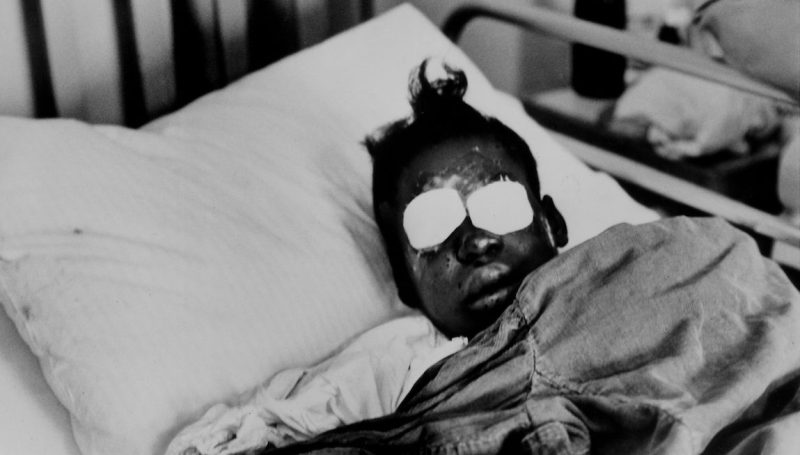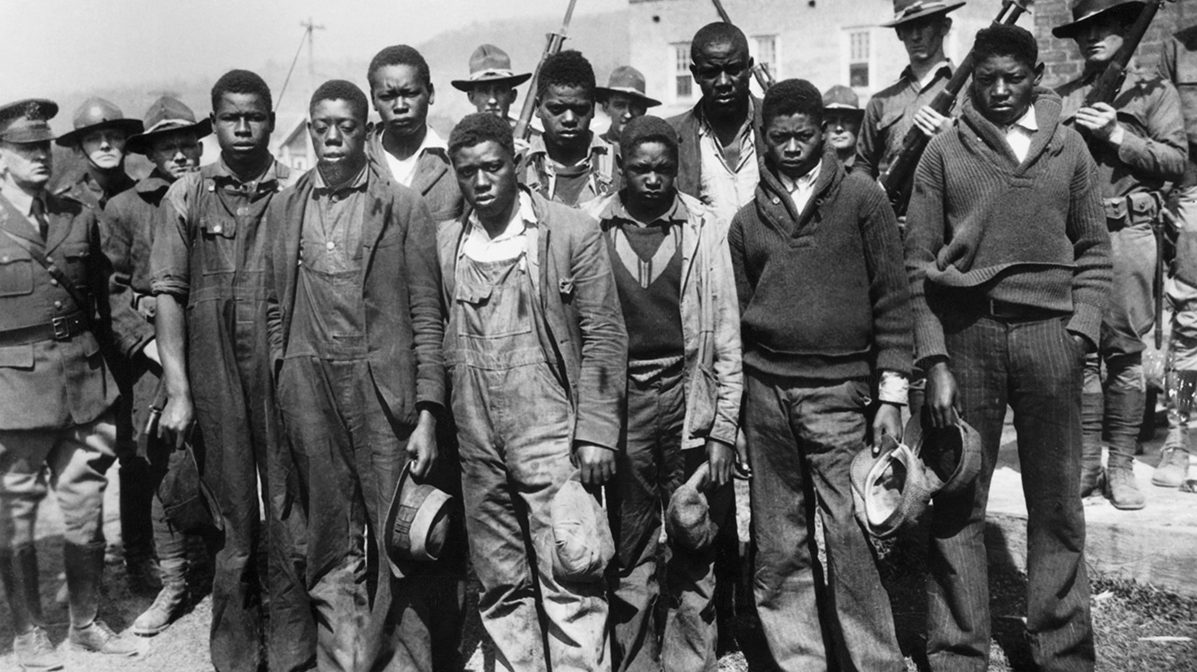The producers of the S-Town podcast have been quick to push back against descriptions of it as just another “true crime” show. But when the team behind the Serial podcast looks into an alleged murder, it’s easy to see why people would reach that conclusion.
There is also a grimly fitting tradition tied to the podcast’s setting. S-Town takes places in Woodstock, a town near Tuscaloosa, Alabama. Quite simply, the Southern state has experienced more than its share of crimes that can’t be forgotten. Here is a brief look at that history:

The Scottsboro Boys, 1931. On March 25, nine young black men (some of them minors) were arrested and accused of raping two white women. Incredibly, by April 9, all nine had been indicted, tried, and eight of them sentenced to death. (A 13-year-old’s trial got a hung jury, with 11 votes for death and one for life imprisonment.) The ensuing national backlash brought intense focus on Alabama’s justice system, in particular the official omission of blacks from juries. It’s believed this case was a crucial inspiration for To Kill a Mockingbird—Harper Lee spent her life in Alabama and set the novel in the state.
The Gibson Family Murders, 1941. Esker Washington Gibson, a Mobile County carpenter’s helper, would later insist he had seen a man leaving his family home and snapped. He beat his 31-year-old wife unconscious then set fire to their home, killing her and their five children. (The oldest was seven and the youngest just seven months.) Gibson was electrocuted for the horrific in 1942.
The Assassination of Albert Patterson, 1954. Patterson wanted to be state attorney general to clean up Phenix City, which was dubbed “sin city” because of the presence of prostitution, gambling, bootlegging, and political corruption. He was murdered before he had a chance to do any cleaning. Above, watch a scene from the 1955 film The Phenix City Story, inspired by the national attention over Patterson’s death. (You can read more about Patterson’s story in Alan Grady’s When Good Men Do Nothing.)

Baptist Church Bombing, 1963. On September 15, a bomb exploded before Sunday morning services at Birmingham’s 16th Street Baptist Church. Four girls were killed. A fifth, Sarah Jean Collins (a sister of one of the deceased who is pictured at the top), survived, but lost an eye and had embedded glass left in the other. Then began the agonizing wait for justice. Thanks largely to the FBI’s disinterest in the case, Klan leader Robert E. Chambliss wasn’t convicted until 1977. Two more convictions came in 2001 and 2002, nearly 40 years after the bombing. (A fourth suspect died in 1994.) In 2016, Thomas Edwin Blanton Jr., who had avoided punishment until 2001, was denied parole. Spike Lee’s documentary 4 Little Girls received an Oscar nomination in 1998.
Shannon Paulk, 2001. Prattville only had a population of roughly 24,000 when 11-year-old Paulk went missing. Two months later, her body was discovered by rabbit hunters, a development that traumatized the community. Nearly 16 years later, police have been unable to solve the mystery despite national attention. (Paulk was repeatedly featured on America’s Most Wanted.) Efforts continue, however, with a special investigative grand jury impaneled this February.

The Geneva County Massacre, 2009. On March 10, Michael McLendon killed 10 people and three dogs, before turning the gun on himself himself. The 27-year-old McLendon traveled to multiple locations in two towns during the killings, occasionally slowing down to shoot at potential victims. The bulk of the casualties were NcLendon’s family members, but he killed people who happened to be visiting his family too. McLendon’s rampage ended only when he took his own life after being cornered by police. McLendon also left behind notebooks with the names of former co-workers and supervisors he believed had wronged him.
The Faculty Meeting Murders, 2010. Amy Bishop was a mother of four, a Harvard-trained neurobiologist, and a biology professor at the University of Alabama-Huntsville. When denied tenure, she brought a 9 mm pistol to a faculty meeting. She killed the department chairman and two biology professors, as well as wounding two other professors and a staff assistant. The murders led to a reinvestigation of an incident from her past—at the age of 20, she shot and killed her younger brother in what was ruled an accident at the time. (It was determined a crime had likely been committed but the statute of limitations had expired.) Bishop did not apologize for her actions until 2015, when she offered a note saying that she was “terribly sorry for the victims and their families, and my family.”
—Sean Cunningham for RealClearLife
This article was featured in the InsideHook newsletter. Sign up now.























